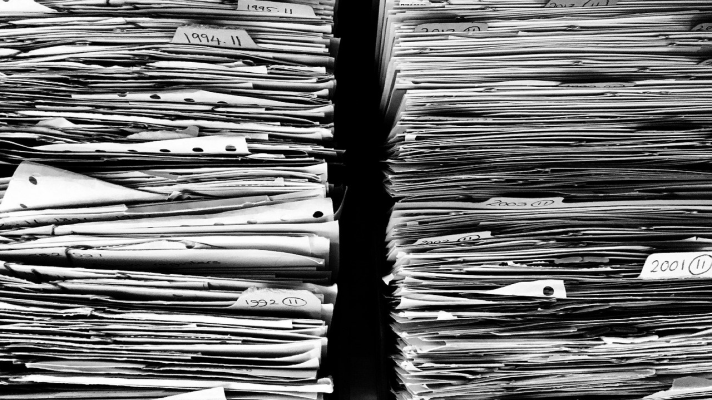4 Ways Hard Copies are More Costly than Electronic Copies
You don’t have to drive far to see a construction project with a mailbox or lockbox with “SWPPP” scribbled on it. For some reason, the stormwater industry is one of the last to embrace emerging technologies to simplify its compliance efforts. If you look at other, similar industries, and consider the costs of maintaining hard copies of inspections, documents, and other information, it’s easy to see why everyone is going electronic. Here are 4 ways hard copy documents are more costly than managing your stormwater inspections and documentation electronically.
Inspections
Paper inspection forms have been a staple of the stormwater industry since the regulations were first introduced. Anyone who has used them knows they tear, they get wet, they get destroyed, and they get lost. You often spend as much time managing the form itself as doing the inspection. If you haven’t tried conducting an inspection on your smartphone, you should. The considerable time saved will be evident upon finishing your first few inspections while adding pictures, using voice-to-text commands, and other features. Saving time is saving money and in the world of stormwater, it also saves on a lot of headaches.
Submittals
Submitting a paper SWPPP or permit application involves several steps, each of which costs money and time. First, you have to print the thing out which could be hundreds of pages. Then you have to get it into a 3 ring binder. Then you have to drive it across town or depending on where you are, figure out a way to mail it in. If it gets lost, you have to do it all over again. Consider the hour or two you wasted that you could have spent putting the electronic copy you probably already had into a cloud service and then sending a link.
Communication
Many people have to reference the numerous documents involved with stormwater compliance. Whether it’s the SWPPP map, corrective action logs, or the inspection reports themselves, you’re going to have to share it with people. If you’re printing off copies every time someone asks for these documents and then loses them, you’re going to waste a lot of time, paper, and ink keeping up with these requirements. If you can email them a link and grant them real-time access you’re going to save you and them a lot of time. They won’t have to wait for you to find the documents or print them out or drive to wherever and pick them up, or whatever else you have to do.
Document Retention
Have you ever been in a situation where a regulator shows up and asks for a record from a year or two ago? What do you do? Do you know where your records are from a year ago? If you’re like many others, you have no idea. You’re left to scramble to find it, which could take hours and probably involves a lot of deciphering poor penmanship. All of this fumbling takes time and opens you up to fines and other regulatory actions which can pile up quickly. If you can save these documents to an electronic service, they are much easier to retrieve on demand.
The time and money savings by switching from hard copies to electronic quickly become evident upon switching. For anyone managing many projects, electronic compilation and management are not only more efficient but are also the best proven solution.
By: Ryan Dickson and Charley Beesley

